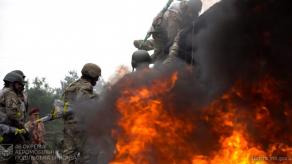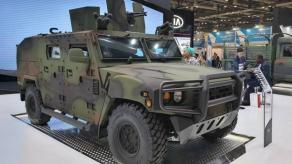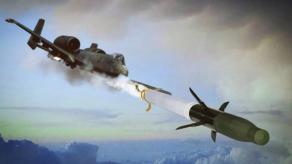Ukraine has successfully destroyed the third vessel of the russian federation, which was stationed in a dry dock at the moment of strike. The first two targets were the Minsk dock landing ship and the Rostov-na-Donu submarine hit in Sevastopol, and the most recent one, the Askold missile corvette, was in Kerch.
All three incidents involved ships not only harbored but also undergoing repairs and maintenance at shipbuilding facilities in occupied Crimea. Prior to this, a Ukrainian ballistic missile had struck the Saratov dock landing ship in the occupied Berdiansk. Apart from those destroyed while stationary, the Moskva missile cruiser and the Vasily Bekh tugboat of the russian Black Sea Fleet were destroyed in the open sea by the Neptune and Harpoon anti-ship missiles, respectively.
Read more: Ukraine's Attack on Askold Highlights an Important Detail About russian Air Defense of Crimea

This, by the way, makes Storm Shadow/SCALP missiles statistically the most effective anti-ship weapon used by Ukrainian forces. However, the russians continue to deploy missile carriers of Kalibr LACMs in the Black Sea, despite relocating its main forces to the backup naval base in Novorossiysk. This raises a legitimate question: given that Storm Shadows have already sunk three ships, why not employ them right against targets in the sea?
The reason lies in the nature of Storm Shadow, which is not ideally suited for targeting ships. This cruise missile is designed for striking stationary and protected objects, it relies on satellite, inertial navigation, and TERCOM for guidance. Only in the terminal stage of flight does it activate its heat-seeking homing head for precise targeting. All the information regarding the route and target is preloaded into the missile while it's on the ground.

For attacking stationary or dry-docked vessels, this is an adequate choice of weapon. However, locking on a ship at sea, while the target can change its course at any moment, poses a challenge.
That is why to destroy russian ships at sea, beyond the range of coastal missile systems, specialized anti-ship missiles are required. These missiles have to autonomously search for a target within a larger area and be capable of receiving updates from aircraft to provide mission updates. The latter may include adjusting direction bearing and distance to the target, like in the first versions of the Exocet anti-ship missile of French design, or altering the entire route and priority target signatures, as in the modern missiles.
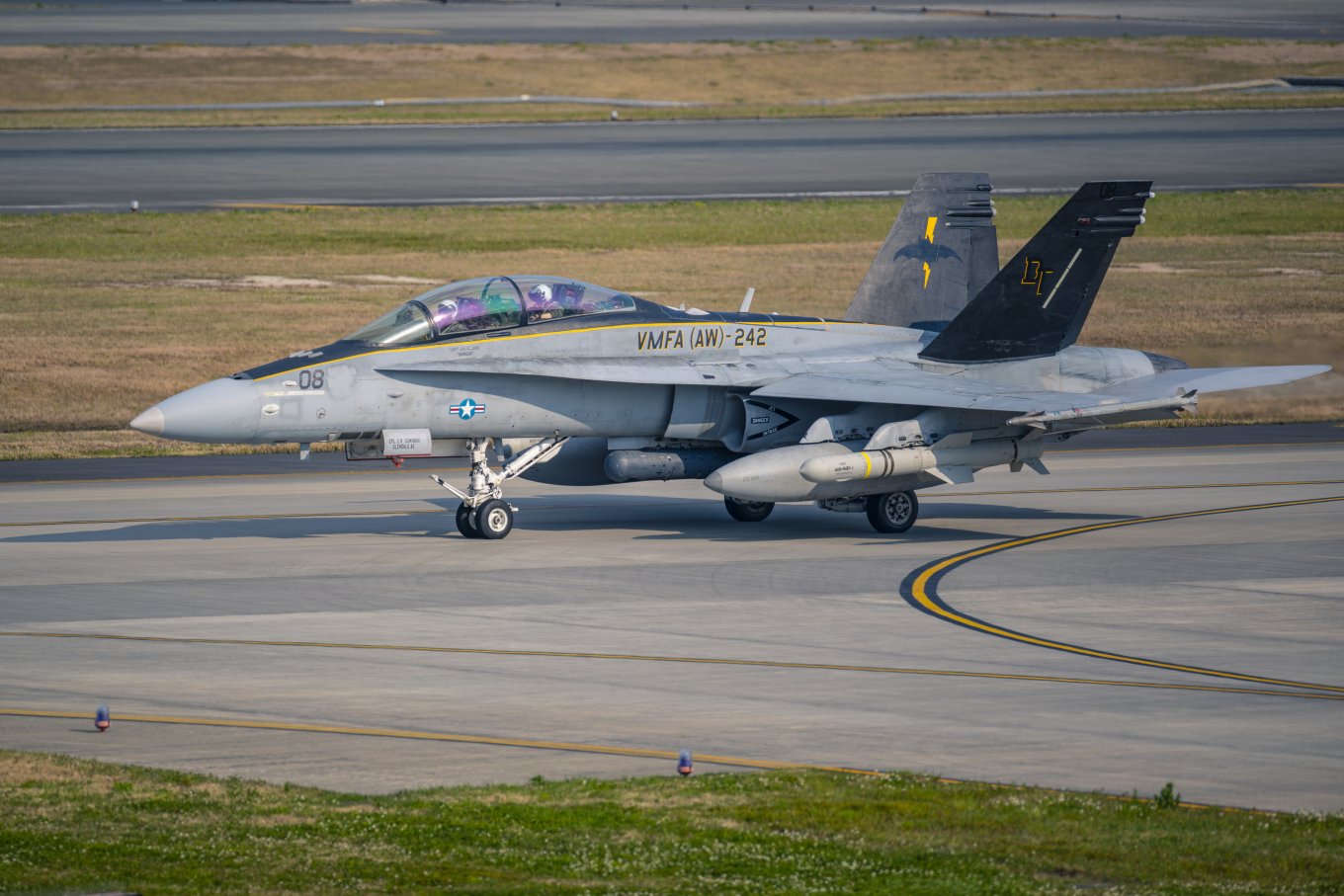
That said, there are cases when modern anti-ship weapons have no need for direct communication between the aircraft and the missile. For instance, the American AGM-158C LRASM, with an estimated range of around 900 km, conducts independent target searches in a substantial area using its passive radar and active maneuvers. It communicates with other LRASMs, launched simultaneously, exchanges information with them, and finally employs its thermal homing head in the terminal stage.
AGM-158C LRASMs carry out sort of a "pack hunting," assisting each other in finding targets, distributing them, and determining optimal entry trajectories before launching coordinated attacks.
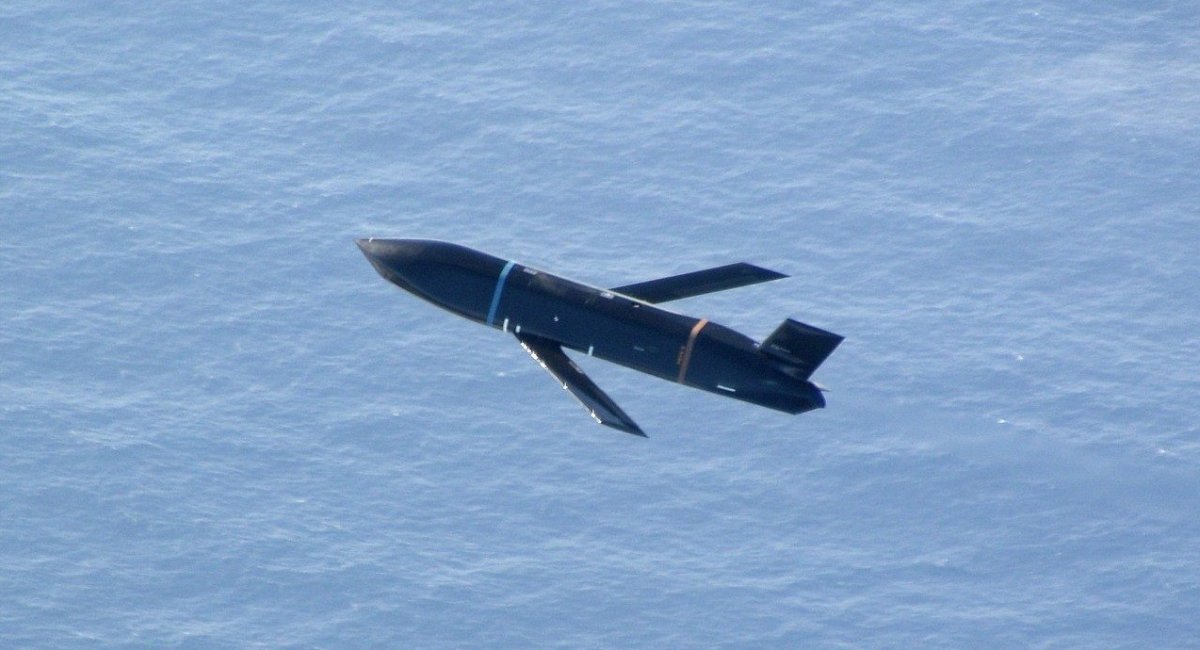
Despite the capabilities of AGM-158C LRASMs, the United States has not yet utilized them in actual combat, and their transfer to other nations is not even considered. These missiles can be launched from tactical aircraft such as the F/A-18, and there is even a project to integrate LRASMs into the M142 HIMARS, enabling ground-based launches, therefore there should be no problem integrating it into the arsenal of Su-24M attack aircraft either.
The featured 900 km range is sufficient to target any russian warship in the Black Sea, from currently held Ukrainian positions. Even Ochamchire in russian-occupied Abkhazia is reachable, where the Kremlin intends to establish a permanent naval fleet base.
Read more: Ukraine’s Air Force Spokesman Says Storm Shadow Missiles are Working, But Ukraine Needs ATACMS









